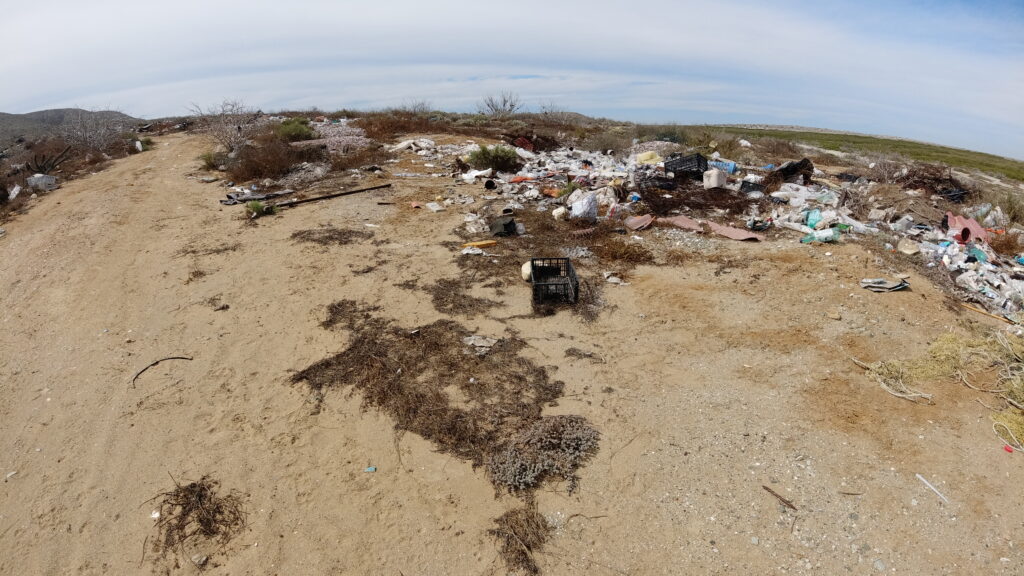Whatever you call waste from living, cooking, eating, cleaning, it has to go somewhere.
In the USA in land-life, we are luckily that these really wonderful people come by every week and make it disappear. They are actual lifesavers and essential workers, yet we look down upon them and never aspire to that job.
When you start cruising and living on the hook, your trash becomes your problem. If you marina hop, then sure, I imagine it’s not that different from living in an RV and dumping trash when you stop for fuel: It’s possible to make it disappear but there are extra steps involved.
So far, we’ve only had to manage with carrying about a week’s worth of garbage with us. When the small container in the galley fills, we move the bag to the dinghy if hanging from the stern, or near the mast if we aren’t using the mainsail. To minimize the trash we product we do the following:
- Remove all or as much packaging at the grocery store. You might be amazed when you strip down a package of food just how much waste there is. For example, in CA, we enjoyed Del Rio’s Carnitas in the pre-made food section of the meat department. The overall package is shrink-wrapper. There’s a coated cardboard slide on package. The meat itself is in a vacuum-sealed bag in a plastic container. So that’s FOUR things that encase the carnitas–which are delicious. I also reuse the plastic container for boat chores.
- We buy things with less packaging which becomes much easier when you leave the USA. Not sure why, it can be the same product. Example: Coke is more likely in a 2L bottle or glass bottle. When you buy cans, they aren’t in a box or bird killer, plastic ring thing. They are shrink-wrapped or loose. At Walmart in La Paz, Mark bought 600ml bottles loose.
- When we are on passage, away from shore, we can dump organic items, like orange peels, overboard. Glass items are also allowed to be pitched overboard. Plastic is never ever EVER allowed to go overboard.
- Reuse and repurpose containers. We finish a jelly jar, we have a new storage container!

So after traveling with your trash for a few days, you arrive at a fabulous anchorage off a village. Guess what? There’s no official trash service! So now, you may need to find a business or local that is willing to help you out (sometimes for a fee) or you get to find the dump. Yes, paradise has a dump just like your city but not hidden to its citizens.
Our first encounter with this part of the process was in Bahía Magdalena. Our first time on shore, a local was kind enough to take our bags of trash to the dump when she did hers. The next time, we decided to take our trash to the dump ourselves. It’s about 2-miles east of the village.
Once you arrive, you just put your trash down. I took the approach to put where there is more and maybe where it won’t blow away. In general tho, I don’t know that there is a best method.




A sail with your trash followed by a walk with your rubbish makes you consider everything you use and discard.

